Real life X-Men: people who’ve gotten real superpowers from genetic mutations
Science

1. Mutations
YouTube
While the X-Men comics and movies are certainly fictional, their basis isn’t too far from the truth. People around the world have mutations in their DNA that give them some kind of benefit, or superpower, that most others don’t have. The abilities range from enhanced vision to super tasting to disease immunity. Many of these genetic conditions are being studied to try and cure related, but opposite, conditions. So in a way, these people really are superheroes.
Genetic mutations are changes that occur in DNA, which is the script for everything that goes on in your body. Whenever DNA replicates, aka makes more of itself, mistakes occur and the new strand isn’t exactly like the original. These mistakes are genetic mutations, which are crucial to evolution because organisms can only change via mutation.
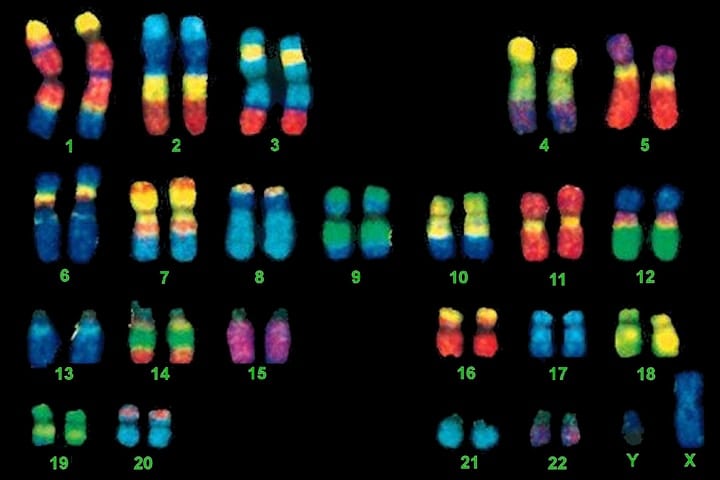
LET WordPress Sites
Through natural selection, the beneficial mutations become widespread, while the harmful ones are weeded out. Plenty of neutral mutations occur too, that have no strong effect either way. In humans today, there are plenty of beneficial mutations that haven’t made their way to everyone, so in a way they’re like superpowers.
2. Genetics101
In your cells, your DNA is divided up into smaller pieces called genes, which are the scripts used to make proteins. Since humans have two copies of each chromosome, we have two copies of each gene. When both your copies of the gene are the same variant, it’s called homozygosity.
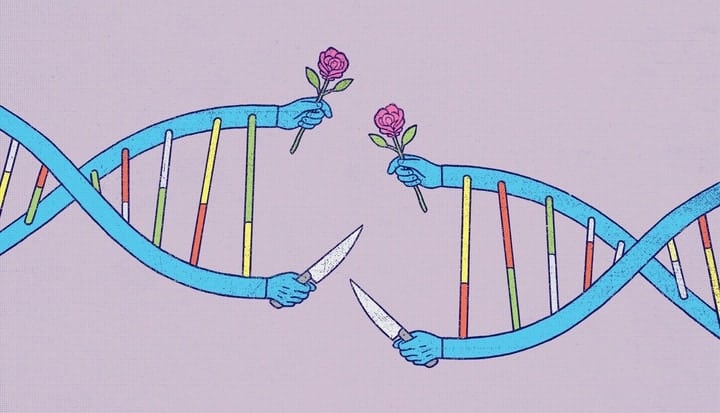
Quanta Magazine
Over time, mutations can change genes so that while they serve the same purpose, they do it in a different way. As a result, we can have two different versions of the same gene, aka heterozygosity. Homozygosity and heterozygosity can affect the intensity of a mutation, determining whether it actually makes a difference or not, or somewhere in between.
3. Supertasters
Do you think broccoli tastes particularly foul? Or do you hate the taste of coffee? If so, you might be a supertaster. About 25 percent of humans are supertasters, which isn’t much good for fighting evil or conquering the world. Instead, these people just perceive tastes, especially bitterness, very strongly.

Today Show
Supertasters have two copies of a variation of the TAS2R38 gene, which lets them taste particular bitter compounds that plants make. About 50 percent of humans are medium tasters; they have one copy of the variation and taste things at medium intensity. The last 25 percent are non tasters, who don’t have that gene variant and perceive more foods as bland.
4. The power of flavor
Supertasters don’t only taste bitterness strongly, though, so the TAS2R38 gene probably isn’t the only thing giving supertasters their superpower. They also taste sweet, sour, and other flavors very intensely. Their tongues have a lot more taste buds than those of medium and non tasters, so that likely makes a difference.
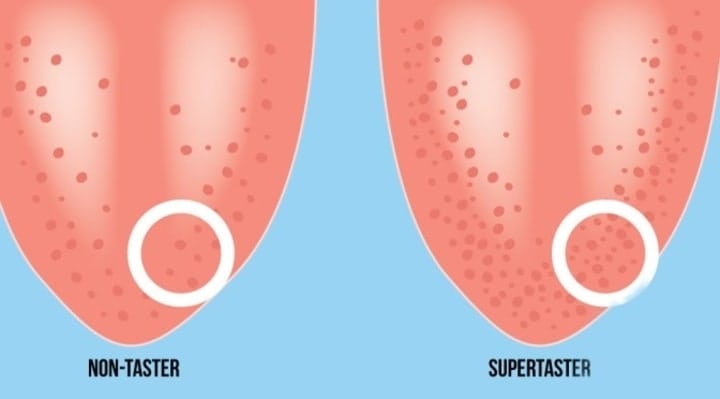
The Tea-Infused Typewriter
Whether or not this mutation would actually be anyone’s first choice of superpower remains to be decided. While it’s cool to have super tasting abilities, it kind of sucks to not be able to eat certain foods. Supertasters often say that broccoli, spinach, and coffee are too bitter. Some also don’t like overly sweet things, like ice cream.
5. Super endurance
While supertasting may not be a helpful power to a superhero, except for in very particular circumstances or when fighting a villain written specifically to complement them, other real mutations could be superbly useful. For example, the gift of super endurance would help in any number of world saving adventures.

Simple Wikipedia
However, when it comes to sports, it can be rather suspicious. Eero Mäntyranta, a Finnish cross country skier, won three gold medals, two silver, and two bronze at the Olympics from 1960 to 1972. People were suspicious of him, thinking he was artificially enhancing his performance, but they found out it was something else entirely.
6. Extra blood cells, extra oxygen
Eero Mäntyranta, the cross country skier, was suspected of “blood doping,” which is when athletes inject oxygenated blood into themselves before a competition to improve their performance. Since red blood cells carry oxygen throughout the body, having more of them increases a person’s oxygen and thus makes them great at endurance competitions.

The Olympians
Mäntyranta actually had a rare genetic mutation that increased his red blood cell count by about 20 percent. Several of his family members had it too. But while his genetic condition seemed to be completely harmless, except to the other competing Olympians, other causes of high red blood cells can be quite harmful.
7. Super strength
Super strength, while pretty boring as far as superpowers go, has been a staple of comics from Superman to Captain America. It may not be the top “if you had any superpower, what would it be” answer, but it’s better than nothing. Some real life people are actually lucky enough to have it, sort of.

Variety
A mutation in the MSTN gene stops the body from making myostatin, which inhibits muscle growth. So people with two copies of this mutation can have twice the muscle mass as others that are the same age and sex. A kid born with this condition became known as the world’s strongest toddler.
8. The strongest toddler
The world’s strongest toddler, Liam Hoekstra from Michigan, was born with the super strength mutation, giving him a condition called muscle hypertrophy. Not only does the mutation give him larger muscles, but it also lowers his body fat. At a very young age, Liam was already showing off surprising strength.

FitnessGenes
So this kid is naturally stronger than his peers, without doing things like lifting weights to get there. He’s gotta eat more food than the average kid, but other than that it doesn’t seem to harm him at all. Staying fit, while eating junk food and not exercising, sure sounds like an enticing superpower.
9. Tetrachromats
While seeing through walls or shooting laser beams out of your eyes would be pretty darn cool, those powers are pretty far from reality. But some women, aptly named tetrachromats, do have a different cool mutation of the eyes that makes them see way more colors than the average person.

YouTube
Most people’s eyes see colors with three different kinds of cells, called cones, but some women have four kinds. Having the fourth kind lets them see a lot more nuance in the typical rainbow. It’s only in women, though, because this superpower requires two different mutations on each X chromosome. One woman has used this superpower to her advantage.
10. Rainbow vision
The artist Concetta Antico sees oranges, yellows, greens, blues, and pinks in what most would see as just a drab pebble. And she can see all kinds of different shades in a tomato that looks one tone to everyone else. But while you probably think this extremely rare, as many as 47 percent of European descended women might have this mutation.

Daily Geek Show
Unfortunately, it might take some training to actually be able to use the power. Perhaps Antico will start an academy for other gifted individuals, training them to use their powers, just like Xavier did for the X-men. Whether or not they’ll actually be able to use the power for anything other than their own enjoyment remains to be seen.
11. Super strong bones
It really sucks when you break a bone, because normal everyday tasks become way harder in the aftermath. Some lucky people, however, have much lower chances of breaking bones because theirs are a lot denser than average. A mutation in the SOST gene gives some people very strong, dense bones.
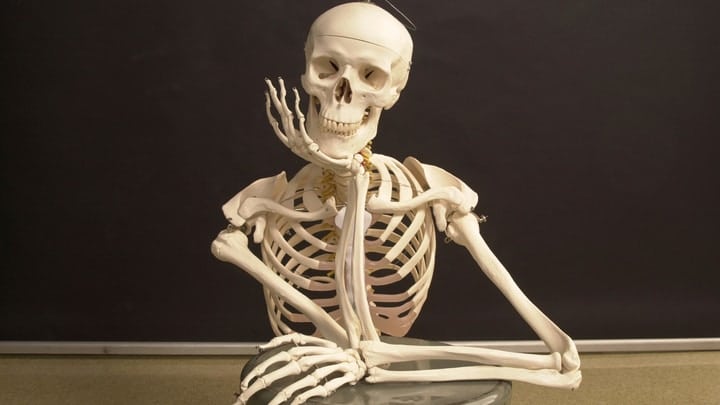
UprightCare
SOST makes a protein called sclerostin, which inhibits bone growth, but the SOST mutation decreases how much sclerostin the body makes. However, if both of the SOST copies are mutated, it can lead to sclerosteosis, which causes bone overgrowth, facial disfiguration, gigantism, deafness, and early death. But there’s also a less harmful path to genetically strong bones.
12. Down to the bone
While SOST has given some people strong bones, it isn’t the only gene that affects bone growth; another mutation causes people to have very dense bones. A certain variation of the gene LRP5 increases bone formation. 21 members of a family in Nebraska all had this mutation, and none of them had ever broken a bone.
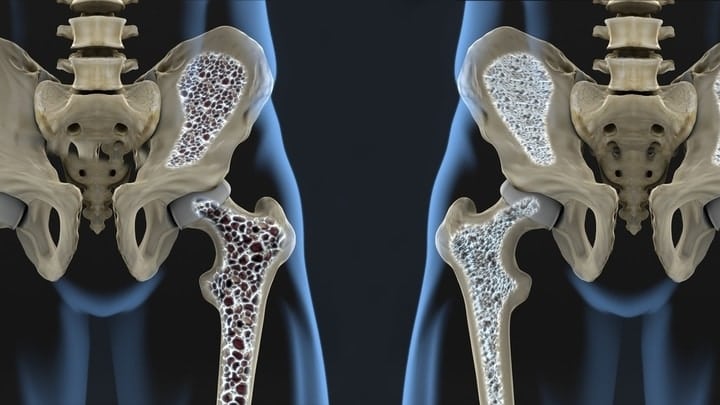
DrPawluk.com
While it’s great that the people with these genetic mutations will probably never have osteoporosis, it’s actually good for others too. Scientists are looking into how these mutations give them strong bones and are hoping to make treatments for osteoporosis inspired by them. As for a superpower, strong bones would be pretty helpful in a hard hitting battle.
13. Super sleeper
While Batman gets along fine without any real superpowers, he’d probably finally clean up Gotham if he had this one. People with a mutation in the gene DEC2 need less than six hours of sleep each night. They don’t really experience problems from sleep deprivation and are just as alert during the day as normal sleepers.

Greatist
Unfortunately, this mutation is quite rare, so Batman probably doesn’t have it. Between masquerading as Bruce Wayne in the day and fighting crime in the night, he doesn’t have a lot of time to sleep and sure could use this superpower. If you think you have it, make sure you get checked out first before deciding to lose sleep over it.
14. Lactose tolerance
Cheese, ice cream, milk, and other dairy products are everywhere in our culture, so it might surprise you that about two thirds of humans are some degree of lactose intolerant. Actually, up until about 12,000 years ago, all adult humans were lactose intolerant. But then someone’s DNA mutated, giving them the super ability to drink milk.

Eater
From there, the mutation inexplicably spread to most of Europe during the early days of agriculture. While the change in diet from hunting and gathering to farming had caused widespread disease in humans, drinking milk somehow saved the lucky ones. Humans then became “mampires” by drinking the milk of other species.
15. High altitude living
High up in the Himalayas, Tibetans live and breathe just like the rest of us at much lower altitudes. At over 13,000 feet above sea level, most people get sick because there’s so little oxygen, but the Tibetans aren’t fazed. They live there just fine and guide the non-powered visitors up the mountain.

Mpora
Several genes in Tibetan DNA help them use oxygen more efficiently, so they don’t need nearly as much as the rest of us. They even have a version of the gene EPAS1 that seems to have come from intermingling with the extinct Denisovan people, which isn’t the only DNA people have from other human species.
16. Super odorless armpits
Have you ever worried about how you smell in public? Hopefully you remembered deodorant this morning because armpits are notorious for being stinky. However, some people actually don’t have this problem and don’t even need deodorant. A variant of the ABCC11 gene keeps their armpits from smelling and it’s most common in people of East Asian descent.

Mental Floss
Researchers think the gene reduces the amount of a certain amino acid in sweat, leading to less bacterial growth (which is the smelly culprit). Plus, the gene also makes people’s earwax dry instead of sticky. While these qualities may not be great for fighting evil, they still make you super special.
17. Super villain fingers
While villains and heroes alike would benefit from most of these mutations, this one would be particularly helpful for super villains. Adermatoglyphia, a genetic condition nicknamed “immigration delay disease,” causes people to have no fingerprints. Their skin doesn’t have intricate ridges and whorls like most fingers do. It’s just smooth.

University of Kentucky
Since fingerprints are widely used for identification, this mutation could be quite helpful for clumsy villains who forget their gloves when going out to cause trouble. However, in the real world, it can cause trouble for people entering certain countries, like the United States, who record the fingerprints of visitors.
18. The man with the golden arm
Not many people on this list have actually saved lives with their power, but this superhero did. Amazingly, this one man’s blood saved about 2.4 million babies. He, and others like him, are true superheroes on Earth. James Harrison donated blood 1,173 times over 60 years. His blood was used to make a medicine called anti-D immunoglobulin, which is given to certain pregnant women.
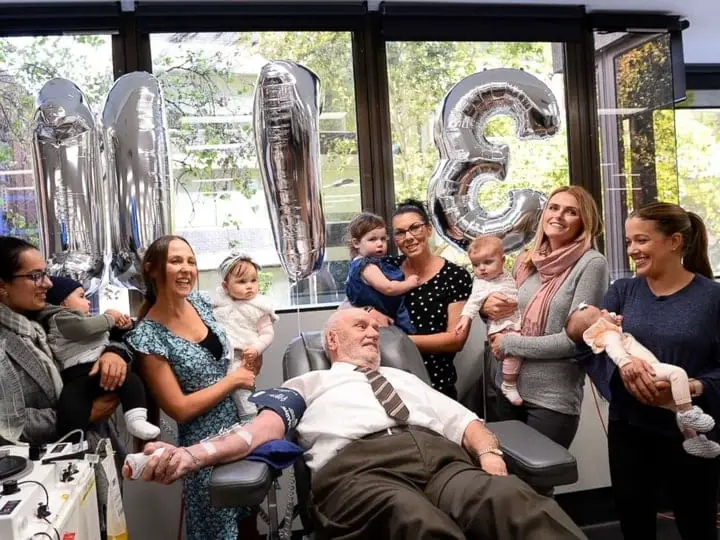
ABC News
Some mothers need this medicine because of a difference in blood type between them and their baby. Babies with “positive” blood are at risk if their mothers have “negative” blood, because mommy’s immune system might attack their blood cells. This is prevented with anti-D immunoglobulin, but not everyone has the right blood to make this medicine.
19. Rare blood types
You might remember that in school, you’re taught the simplistic version of blood groups as A, B, O, and negative vs positive, but the whole system is actually bloody complicated. For starters, there are 342 different types of antigens (molecules that make antibodies) that can be on your red blood cells.
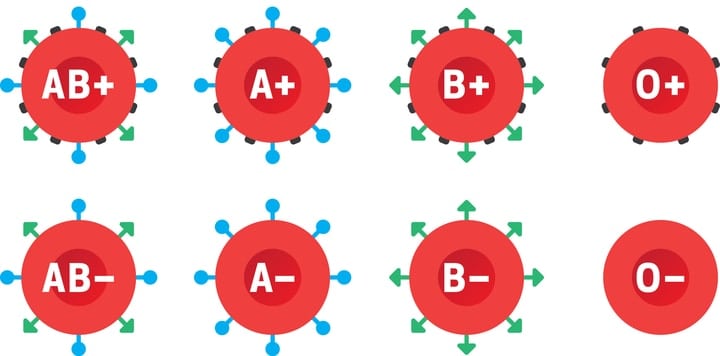
Canadian Blood Services
However, if you don’t have one of the antigens, then you’re negative for that one. If you do have it, then you’re considered positive. If someone with negative blood receives positive blood from a donor, then their antibodies will attack the new cells and cause a whole lot of problems.
20. Golden blood
There are some rare blood types that don’t have the antigens that most people have, so finding blood donors for these people is very difficult. Harrison, the baby-saving superhero, had one of these rare blood types that made it possible for his blood to be used in the anti-D immunoglobulin medicine.
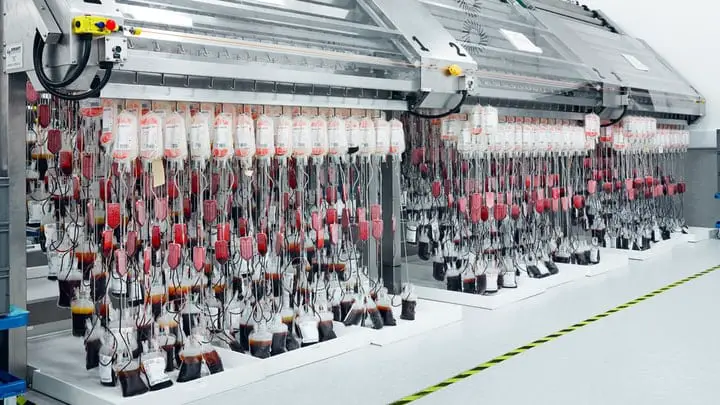
Mosaic Science
The “negative” and “positive” that you hear about usually refer to a particular antigen called Rh D, a type of Rh antigen. But if you don’t have any of the 61 Rh antigens, your blood type is Rh null. About 40 people worldwide have been found with this blood type and it’s called golden blood because it can be donated to almost anyone.
21. Diabetes protection
While some beneficial mutations give people extra abilities, like super strength or rainbow vision, a lot actually act as protection from various diseases. They’re a bit mysterious and research is still ongoing on these beneficial mutations, but there’s plenty of people living disease free. For example, there are some people who have all the risk factors for developing type two diabetes, like obesity, but they just don’t.
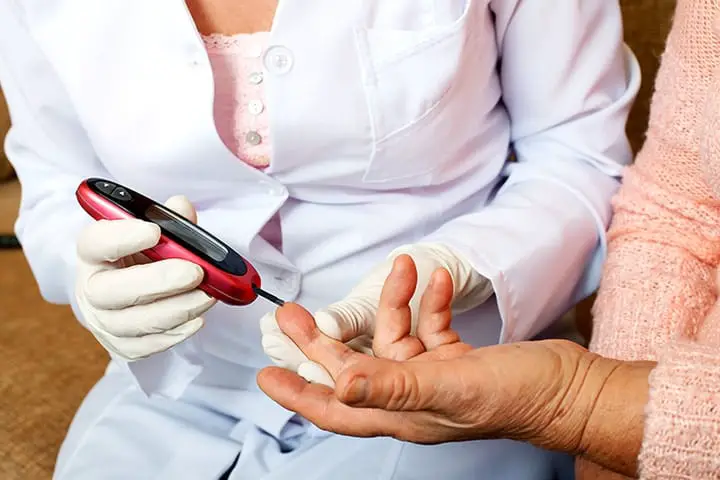
A Place for Mom
Upon researching the diabetes-free, researchers found that a certain mutation in the SLC30A8 gene is making people resistant to diabetes. While one variation of this gene increases your chances of getting diabetes, when mutated in a different way that stops the protein manufacturing, it actually makes it less likely that you’ll get diabetes.
22. HIV immunity
Another case of defense against the dark diseases showed up in people who by all accounts should have been infected with HIV, but weren’t. They had a mutation in the CCR5 gene, which prevented the HIV virus from entering their immune system cells. During the latest HIV epidemics, this resistance has definitely been very nice to have.
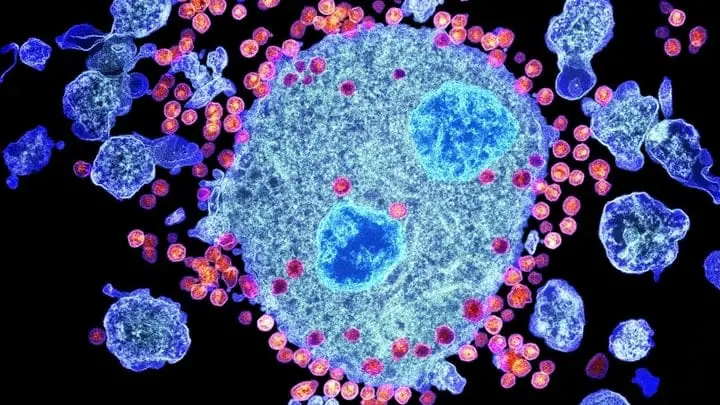
Science
Luckily, about one in ten Europeans have this mutation and are resistant to HIV. But what caused the gene to become as frequent as it is? Mutations generally aren’t that common without a reason. The gene variant is more common in Northern Europe than closer to the Mediterranean, which gives a clue to the very surprising answer.
23. Surviving plague
Since HIV likely came from chimps in Africa around 1920, it’s too recent of a disease to have put pressure on European genetics and cause the CCR5 mutation to become as frequent as it is. So something in Europe’s past must have made this gene variant very nice to have.
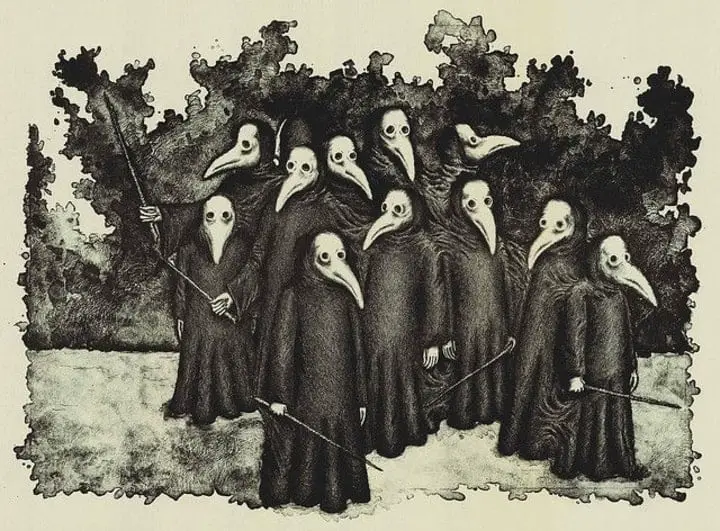
silveristhenew
While some people have thought that the mutation protected against smallpox or the bubonic plague, it might have instead been keeping people safe from hemorrhagic fever plague in the Middle Ages. If the gene variant had protected against the plague, then it would spread faster throughout the population. But however this mutation spread, it’s now inspiring treatments for HIV.
24. Malaria resistance
One of nature’s worst super villains is the tiny mosquito. It spreads all kinds of diseases, like malaria and yellow fever, which kill thousands of people each year. And while you can become partially immune to malaria after repeatedly getting the disease, there is a nicer and easier way to get immunity.
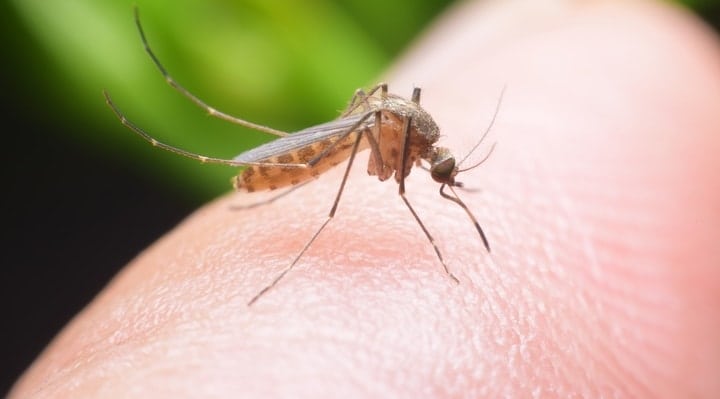
Terminix
Some people are naturally immune to malaria because of their genetics. Having one copy of the sickle-cell disease gene actually guards against malaria, possibly by making small amounts of carbon monoxide gas in the blood. But having two copies of the gene gives you sickle-cell disease, which affects the shape of red blood cells.
25. Kuru brain disease
While this next super immunity power is unlikely to be helpful for most people, it certainly saved lives in Papua New Guinea. On the island, the Fore people were plagued with an awful brain disease called kuru. Kuru is a lot like mad cow disease; it destroys the brain and usually kills an infected person within a year.
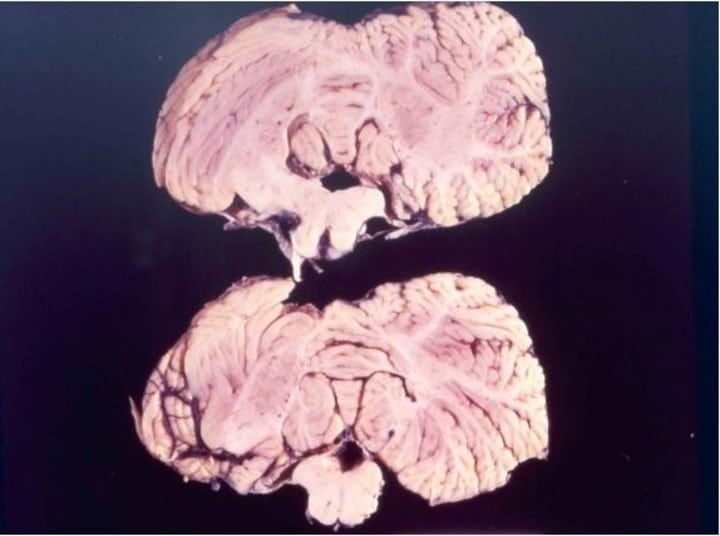
Semantic Scholar
However, mostly only women and children were getting the disease, so visiting doctors wondered what the heck was causing this deadly disease. Once they learned more about the Fore people’s culture, and did some scientific sleuthing, they found a very surprising cultural tradition was spreading kuru through the population.
26. Mortuary feasts
The Fore people had a tradition of eating their deceased relatives in “mortuary feasts” to show them respect, but it sure caused a lot of problems for their community. Women and young children were the ones who usually ate these mortuary feasts, which included the relative’s brain, but they were also the ones dying from kuru.

NPR
The researchers put two and two together and learned that the cannibalism was actually infecting the community with kuru. But before they realized this, the villages had already lost nearly all of their young women, except for a select few who never got the disease. So why were these people immune?
27. Cannibal safety
Many disease outbreaks will reveal a small amount of immune people and this kuru scare was no different. Scientists found that the immune members of the community had a mutation in their G127V gene, making them unable to get kuru. This was great for their community, because they didn’t lose all of the women.
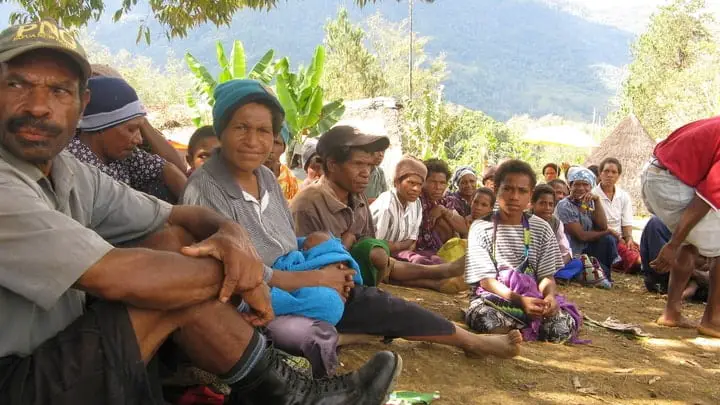
NPR
Since most of the non-immune died, the immune survivors spread their mutation through their kids. Now, quite a lot of the Fore people have this genetic mutation. While the mortuary feasts were banned, now they could probably go back to eating their dead relatives. Although, who knows what other things could go wrong from cannibalism.
28. Super low cholesterol
Cholesterol is a waxy substance similar to fat, which the body needs to make hormones. While people are often talking about cholesterol in your diet, and whether it’s high or low, some people just don’t have to worry about that. The goal is for blood cholesterol levels to be lower than 100 milligrams per deciliter, but one woman’s is just 14.

Research & Development
She has a mutation in both of her PCSK9 genes that gets rid of a protein that controls the amount of low-density lipoprotein (LDL) cholesterol in the blood. She basically can’t get high cholesterol, which is great because high cholesterol can cause blood clots, block blood flow, and lead to a heart attack.
29. Superhero mutation
There’s two types of cholesterol, LDL and high-density lipoprotein (HDL) cholesterol. While LDL cholesterol is commonly called the bad cholesterol and HDL cholesterol is nicknamed the good cholesterol, new research suggests that HDL might not actually be good for you. So in that case, lowering all cholesterol is important.
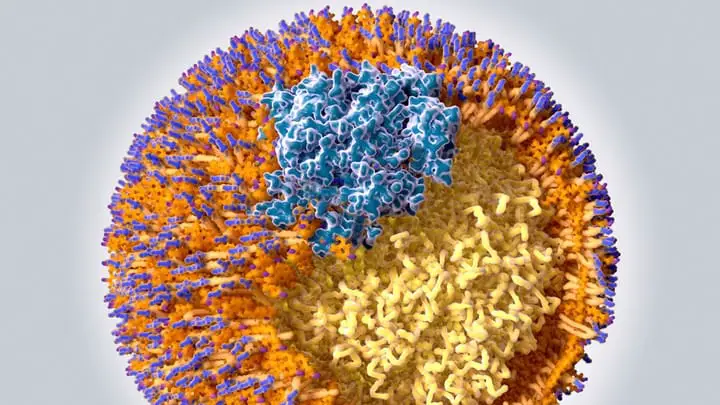
WebMD
Considering that high cholesterol is linked to the world’s leading cause of death, cardiovascular disease, this mutation could prove quite helpful in the efforts to save lives. Researchers are hoping to emulate what the gene variant does and make a pill that keeps cholesterol low for those of us who aren’t lucky enough to have this mutation. The gene is a superhero in itself.
30. The wellderly
It’s very possible that many mysterious, beneficial mutations are still undiscovered. Some people have lived to be 100, despite being obese, regularly smoking, or rarely exercising. They even have genetic mutations associated with diseases like Parkinson’s or Alzheimer’s, but they don’t actually have any chronic disease. Why are they doing just fine?

Naples Daily News
Well, we don’t necessarily know just yet how these people are disease-free. While a lot of disease research has focused on ill people, reasonably, some scientists are shifting to focus on healthy people instead. They’re hoping the long-lived and healthy — the wellderly — can teach them about what keeps disease at bay.